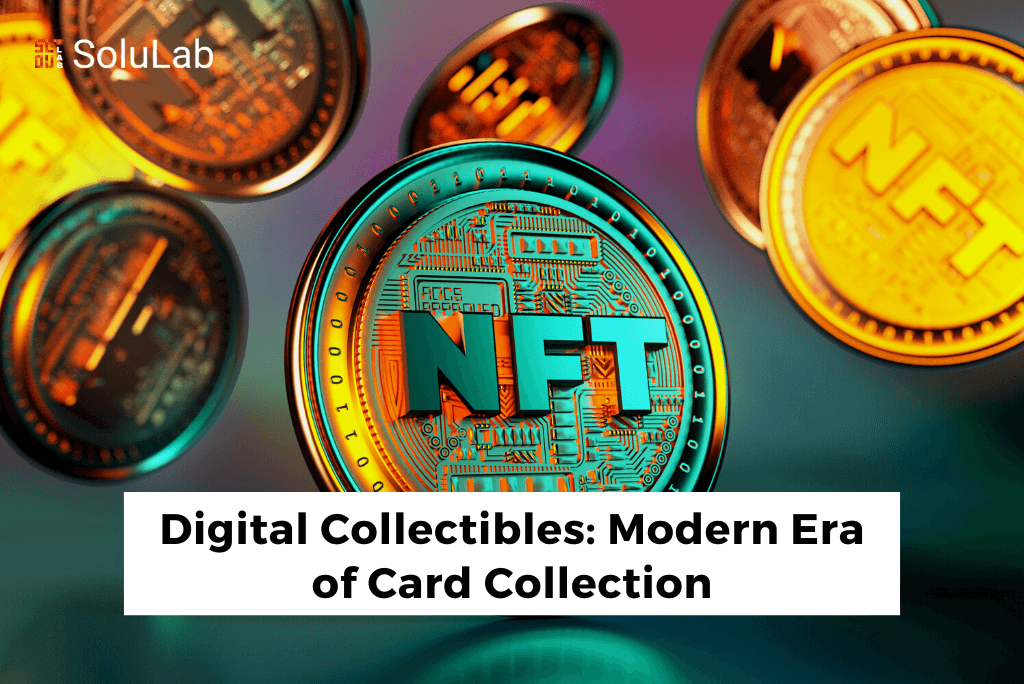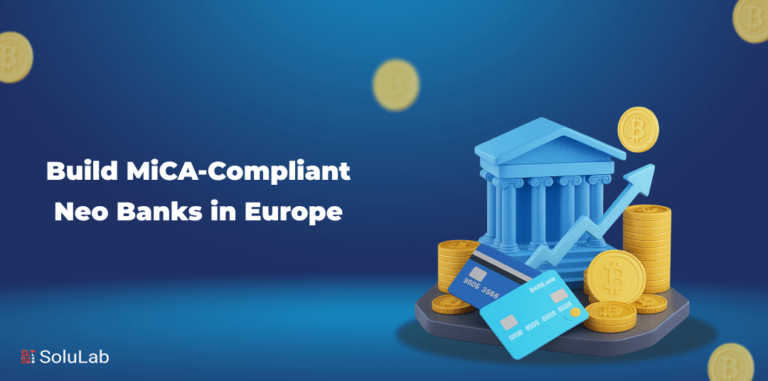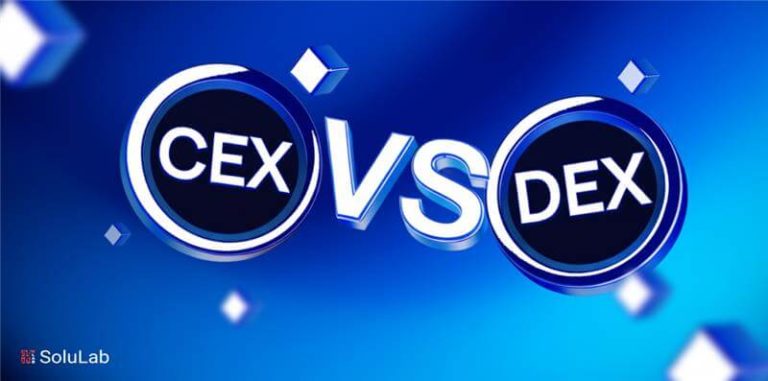
At some point in our lives, we have all gathered cards. We exchanged cards with our friends and spent hours upon hours organizing them. We have spent our childhood savings on packs in the hopes of finding the card we sorely need to finish our deck. We all have been there one way or another, whether it was collecting Pokémon cards, sports cards, or superheroes. But Now times have changed, when it comes to collecting cards, youngsters will be collecting digital cards.
Every now and then, perhaps once every generation, a new schmancy invention emerges that pushes collecting into a new medium — and we are fortunate enough to be witnessing the rise of digital collectibles right now.
What we do in the physical world of collecting is mirrored in digital collecting. Modern problems require modern solutions. Digital collecting is one such answer as our spaces become smaller, our world becomes more digital, and we become more environmentally conscious.
What is Digital Collectible?
The original crypto-tokens, like Bitcoin, were created with the intention of being fungible. That is, each Bitcoin is the same, and the system was created such that the tokens could be exchanged and held the same value.
The value of a digital collectible, like that of traditional collectibles, is its capacity to stand out. Digital collectibles are produced, identified, and transmitted as a unique token to do this. They are inseparable and represent a single asset in their totality. Non-fungible tokens, or NFTs, are what these are called; Non-fungible basically means that it’s one-of-a-kind and can’t be substituted with anything else.
Read also: NFT Collectibles You Have a Look Out in 2021
The sale and movement of these NFTs can be traced, validated, and recorded on an immutable ledger thanks to blockchain and distributed ledger technology. This implies that their origins, unique IDs, and ownership can all be traced and verified. At any given time, there can only be one owner of an NFT.
Why Is It That Collectibles Are Becoming Digital?
Despite the fact that we have long lived in a digital environment, collector things have been late to the party. It has been hard to validate digital commodities until now completely.
Not only has the blockchain made this possible, but it has also resulted in a number of other practicalities that have the potential to revolutionize the collectibles industry:
1. Global distribution is now possible.
2. Operating costs are much lower. Because a tangible object is no longer required to deliver the same inherent value, collectibles creators and licensees may expand their brand awareness on a larger scale with less investment.
3. Digital collectibles, artwork, and intellectual property are now fully protected, with each item’s origins traceable. This means that digital collectibles may be certified and confirmed, safeguarding both producers and owners against scams and counterfeits.
4. Collectibles’ rarity translates to digital media. NFTs allow for the production of a finite number of tokens, each of which is uniquely recognizable. This allows for the creation of character series, limited editions, and the possibility of signed digital artworks.
In 2020, the digital art and collectibles industry was estimated to be worth close to $5 billion, and it has been significantly rising since then. It is estimated that the global market of digital collectibles will be worth somewhere around $370 billion.
People have an intrinsic desire to collect, which leads to the purchasing of collectible items such as art, games, sports memorabilia, toys, and other items. But, considering how quickly the globe is adopting digital, it’s likely that this market will continue to develop at a high rate.
The popularity of the new media is growing, and its influence is spreading swiftly. Isn’t it inevitable that the physical market evolves with the times?
Blog Credits: Medium




